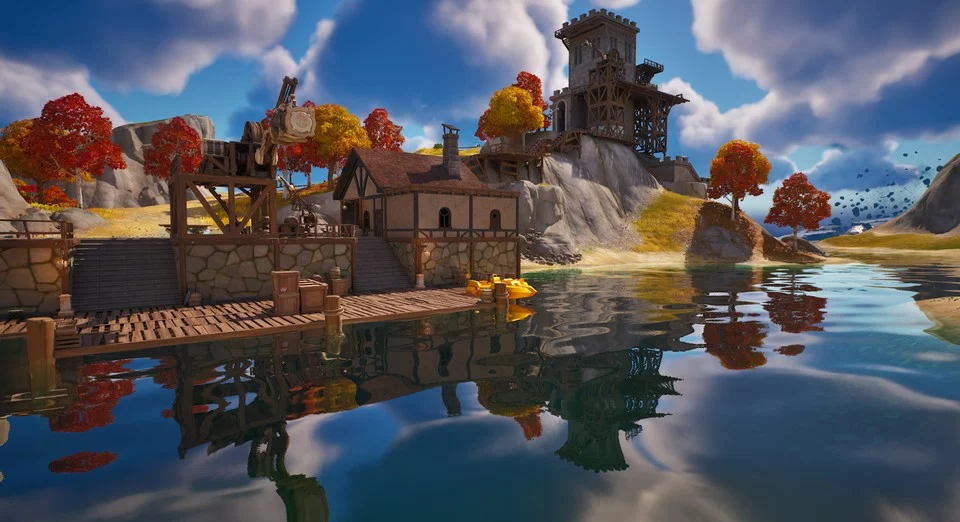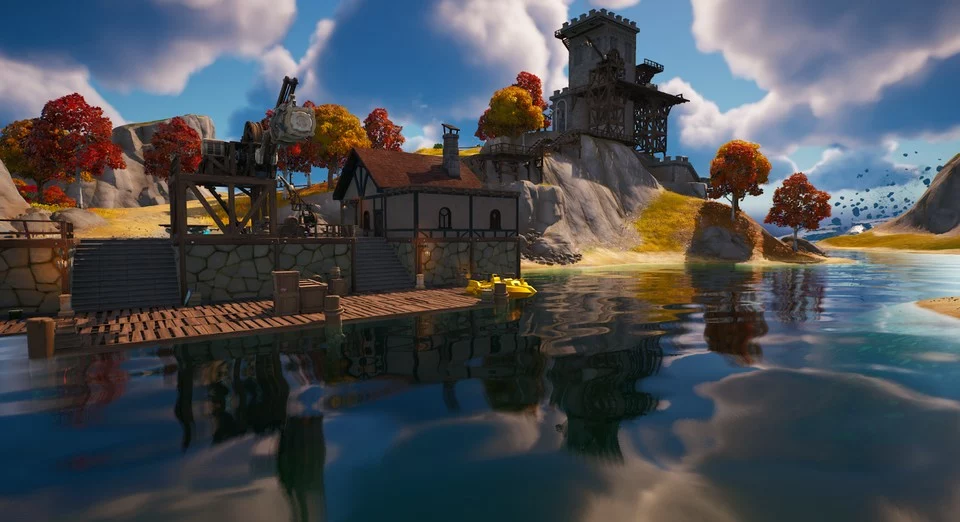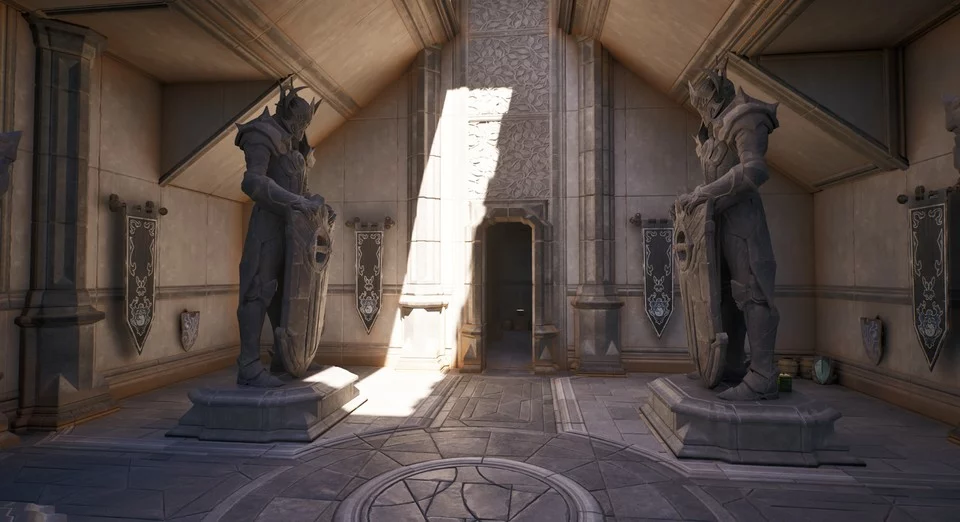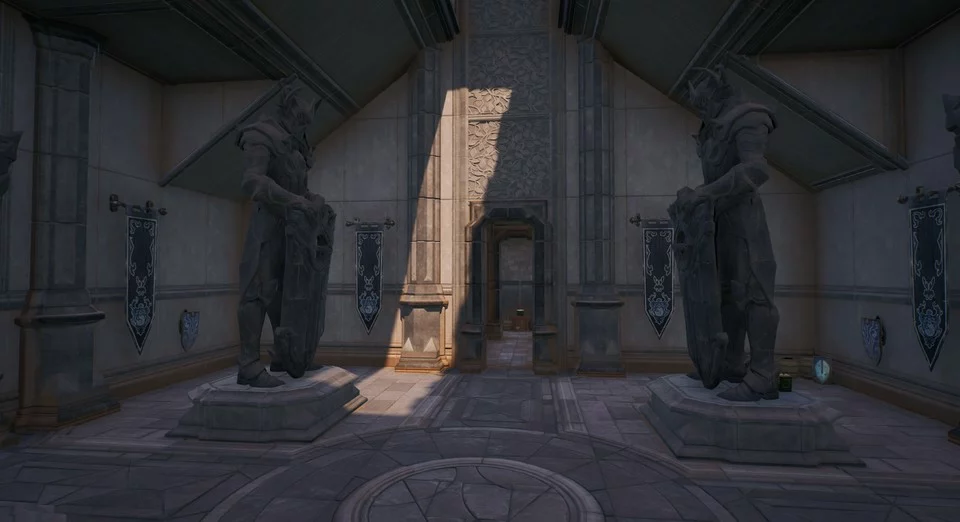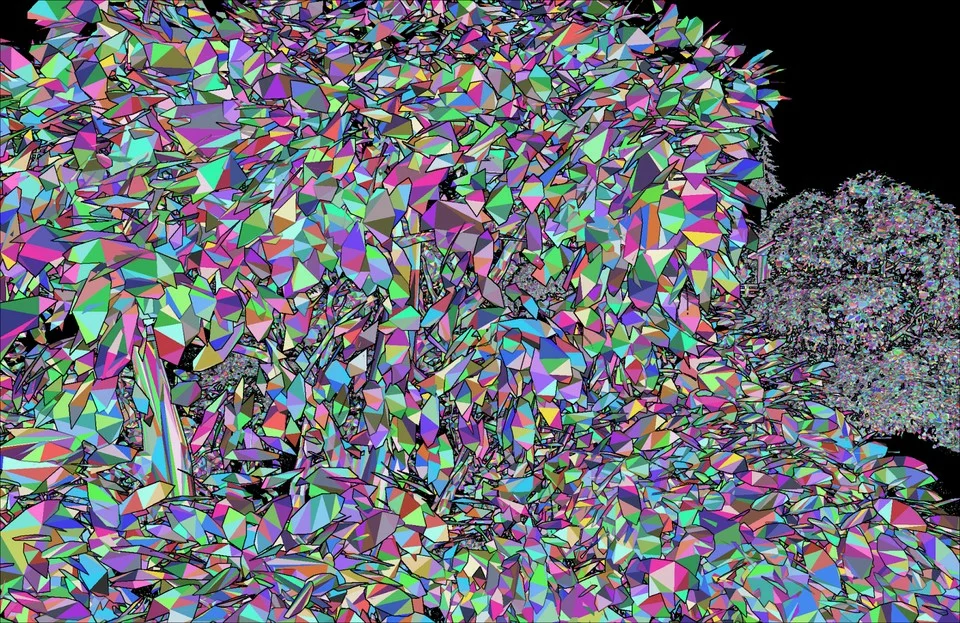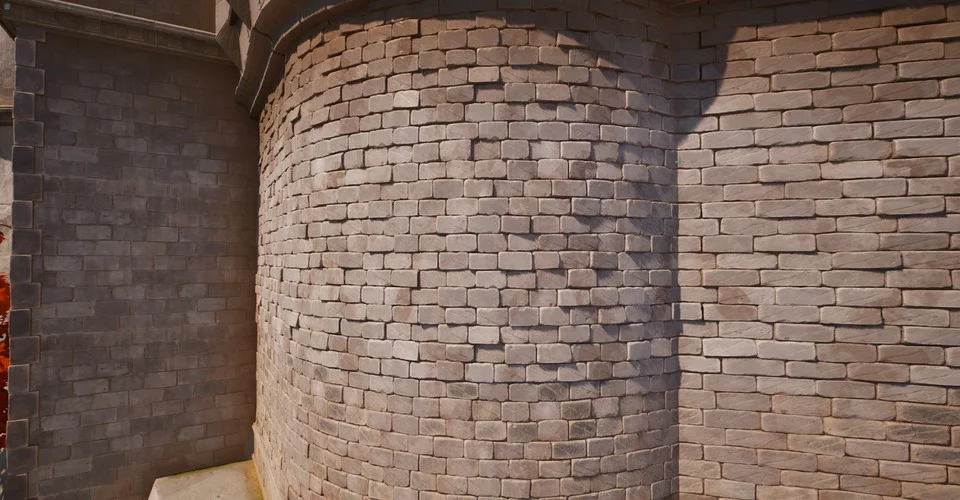The Unreal Engine 5.1 is much more than a small version jump and fancy graphics. It will usher in a new era that is already upon us.
Technologies used in computer and video games that bring our beloved virtual worlds to life have been evolving rapidly since the 1980s. What once started with just text and a lot of imagination in our heads, morphed from animated ASCII characters to detailed 2D sprites to increasingly realistic 3D graphics.
Every few millennia, evolution takes a leap forward.
What Professor Charles Xavier says (and we don”t disagree with him) about humanity can also be applied to games: Every few decades, evolution takes a leap forward. They exist, the technical milestones that have shaped our hobby for ever.
For the PC, you can count them on one hand: the innovative DirectX 9 is one of them, the long ubiquitous Unreal Engine 4 is another, and recently AI upscalers like DLSS have shown their potential to create much needed space for future graphics leaps thanks to freed up performance.
Unreal Engine 5.1 has the best chance of making the leap into this elite company. We spoke in an – exclusive interview with the company behind it, Epic Games, and also looked around the developer scene. In the process, several good reasons emerged as to why the supposedly small version jump will be so important for the future.
The little things matter
Let”s start by answering a question that may be on the tip of some of your tongues: Why do we attach such importance not to the Unreal Engine 5 as such, but to this supposedly small update?
The answer to this is hidden in the (official release notes) of Unreal Engine 5.1. As unspectacular as they may read at first glance, they are so important for the future of Epic”s flagship product. Because they reveal one thing above all: Version 5.1 takes the basic framework of version 5.0, which is innovative in many respects, and makes it really suitable for everyday use.
In particular, the two prestige features par excellence, namely Nanite
and Lumen
, could hardly be used in games before without the frame rate dropping. In particular, the Lumen lighting technology demanded too much power from the home hardware, also with regard to the Xbox Series X/S and PlayStation 5 consoles, which are weaker compared to high-end PCs.
The Unreal Engine 5.1 tackles precisely such issues and, with a few changes, manages to become the real technology highlight of the coming years.
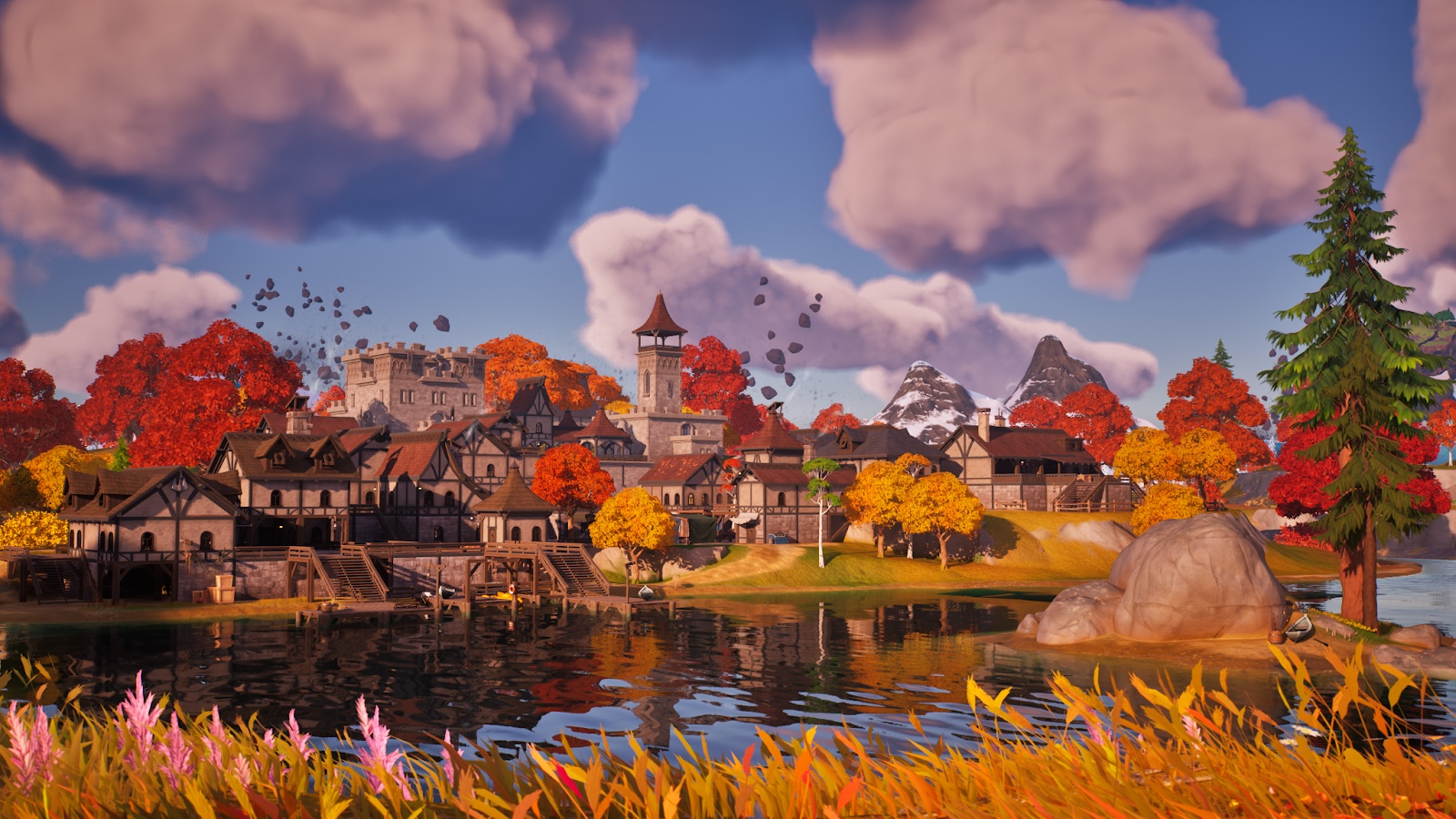
Table of Contents
Reason 1: Lumen can finally be used performantly
According to Nick Penwarden, Fortnite is the best place to try out the new features of the Unreal Engine 5.1. This is primarily due to the numerous gameplay elements, which also make the game a challenge for the developers:
“In Fortnite, players can build their own buildings, destroy existing level objects, and when they shoot a hole in a wall, sunlight falls through, reflections adjust in response. This makes the experience much more immersive and interesting for players. And for our engineers, the game is an ideal test bed for new Unreal Engine features.”
He then shows us the greatly improved Lumen lighting, which now eats significantly less power and has been specifically optimised for a frame rate target of a stable 60 FPS on current platforms. The result is impressive: even graphics laymen can effortlessly recognise the more realistic illumination of the entire game world.
Lumen can set a new benchmark in realism, especially in the fine details – such as nested corners that are difficult for conventional lighting methods to reach. What is shown does not yet come close to true hardware ray tracing (Lumen uses a hybrid solution), but that would not be practical for use in games anyway.
It has long been clear that graphical advances in video games can be achieved primarily through realistic lighting and shadows. The Unreal Engine 4 already tried at regular intervals to make great leaps in this area, but it was mostly the film industry that profited from this. Thanks to Lumen, games will now also make a leap in the near future.
Reason 2: Nanite has become more versatile
Nanite is at least as exciting a technology as Lumen and has also had to contend with one major limitation so far that has made it only marginally attractive for use in games: Level objects that were to be dynamically given new polygons by an algorithm had to be static. This eliminated a whole series of application scenarios.
Thanks to Unreal Engine 5.1, this point is now a thing of the past. The support of transparency masks and deformations makes it possible to take trees and grass to the next level with Nanite.
Unsurprisingly, Nick Penwarden and his team have also used this option in Fortnite instead of relying on classic alpha textures for leaves and co. In doing so, they were surprised by the efficiency of Nanite:
“Another aspect where we wanted to push the visuals was foliage and other foliage. And that was a challenge. We experimented a lot to get the best look and at the same time the best performance, and we decided to implement every single leaf and blade of grass as an individual 3D object, which is actually the most efficient thanks to Nanite “
Naturally, the Nanite effect is still more than convincing even with classic structures such as rock walls. As with Lumen, Nanite should cost less in performance in the future, making it more attractive to game developers. We probably don”t have to explain to passionate game fans like you how important even the smallest details are for immersion!
Reason 3: Open Worlds are getting even bigger
Open Worlds have come to stay. What was reserved for isolated hit games like The Elder Scrolls 4: Oblivion, Just Cause or Fallout 3 in the late 2000s is now considered almost standard even in mid-sized titles. It feels like hardly any production outside the indie scene dares to take the limelight without focusing on the largest possible game world.
The probability that these XXL maps will take on even greater dimensions in the future has increased by leaps and bounds with Unreal Engine 5.1. This is because the new version now supports so-called Large World Coordinates. Even if the name suggests it: These are not coordinates in the classical sense.
This is more about the way the engine internally handles data of a large game world. This affects all aspects that make up such an open world: 3D objects, such as buildings, simulations of water and other particle systems, the placement of characters, general rendering and more.
The Unreal Engine 4 previously supported these data types at most with a so-called 32-bit float precision, which limited the maximum size of Open Worlds. With Unreal Engine 5.1, this value is now doubled to 64-bit float precision. The consequences are likely to become visible to us gamers in the coming years: gigantic Open Worlds that put everything that has gone before in the shade.
And you can probably already guess: Nick Penwarden confirms that Fortnite Chapter 4 also relies on this system for its brand new map. The streaming of content in particular, as players dash quickly across the map, is said to benefit.
Reason 4: Indie scene benefits most
The new features and improvements in Unreal Engine 5.1 will, in theory, of course benefit big studios. However, the AAA studios usually either already have their own engines that are specially tailored to their requirements, or simply have so much staff at their disposal that they were better able to circumvent or even circumvent the limitations of the Unreal Engine in the past.
Small indie teams, however, do not have this luxury. When realising their game concept, they depend on the engine they use to do as much of the work for them as possible. This can happen in the form of a well thought-out workflow, if the tools of the engine are well interlocked, or through many prefabricated assets, scripts and other building blocks, thanks to which one can quickly get started.
The Unreal Engine 5.1 has inspired many small teams or even individuals to finally start their own project. This is proven, among other things, by a look at the Unreal Engine Subreddit. Here, the creative newcomers proudly present their results, which they say they created in no time at all and often without any prior knowledge of game development with the Unreal Engine.
Let”s not fool ourselves: Only a fraction of these showcases will actually appear as a game one day. But even then, we”re still talking about a huge number of potential indie hits to look forward to that couldn”t happen if Unreal Engine 5.1 wasn”t so beginner-friendly. Never before has it been so easy in the PC cosmos to finally put your own heart”s project into action and become a game developer.
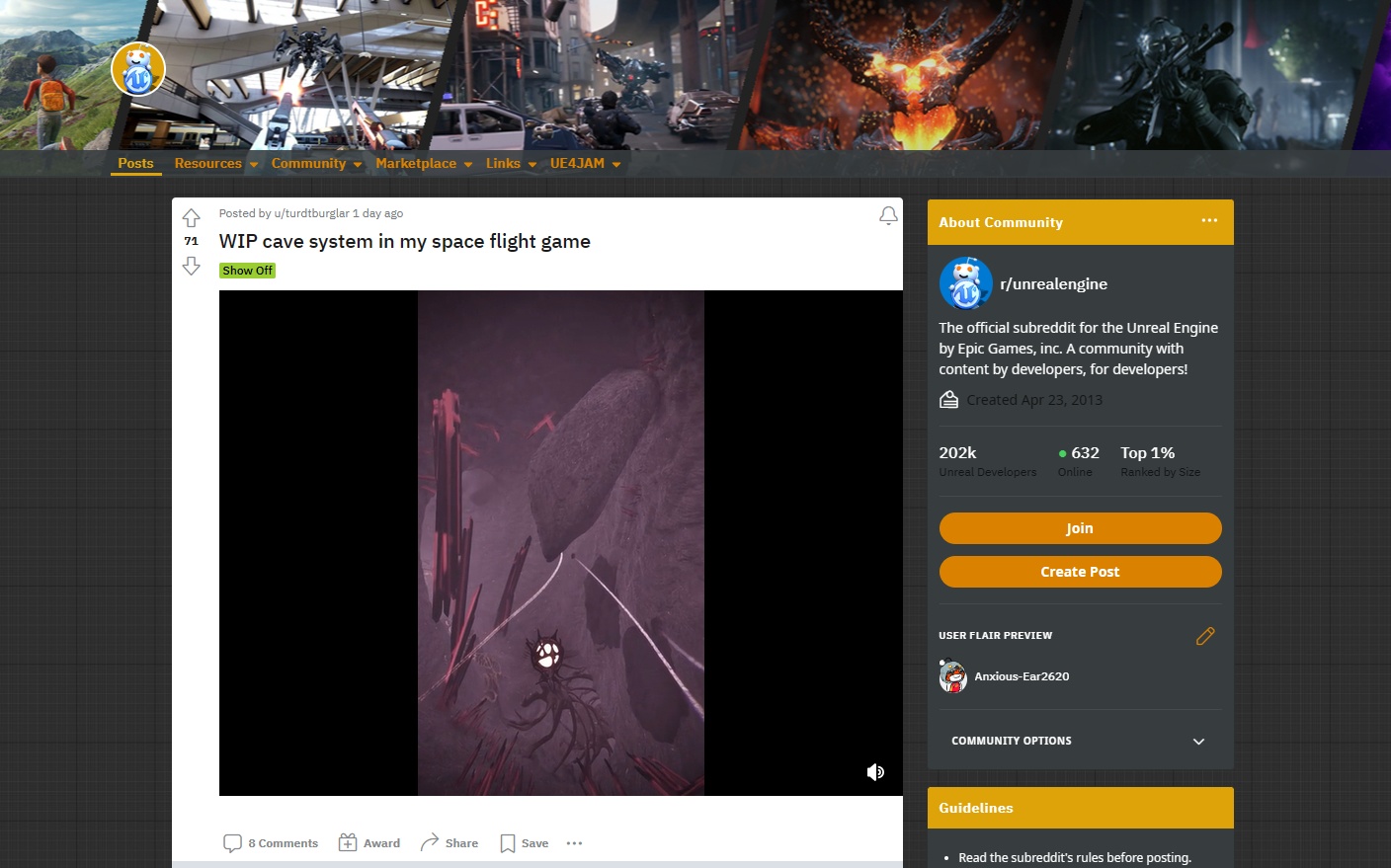
Reason 5: No one is left out anymore, everyone gets to play
An important issue for indie developers is also the scalability of the engine. After all, you want to make your work, which you created with a lot of hard work and heart and soul, accessible to as many players as possible without having to make major adjustments manually for each platform. That costs time and, above all, money, which is often in short supply for small studios.
With this in mind, we wanted to find out from Nick Penwarden whether players outside of the PC and current consoles will also benefit from the new Fortnite version. After all, the title is known for being playable on a whole range of systems, even mobile platforms like Android.
In view of the major graphical improvements that cannot be displayed on smartphones and tablets due to the lack of DirectX-12 API, the scalability of Unreal Engine 5.1 pays off here, according to Nick Penwarden, thanks to which even older platforms can still enjoy some of the new effects:
“We”ve put a lot of work into optimising performance to make sure as many players as possible can play Fortnite Chapter 4 and try out the new features. But it was also important to us that the game experience scales as best as possible and that the new chapter is playable everywhere – including on PlayStation 4, Xbox One, Nintendo Switch and Android. Some improvements can even be enjoyed on the older platforms – such as the revamped particle effects or the optimised performance, which should ensure a constant 60 FPS “
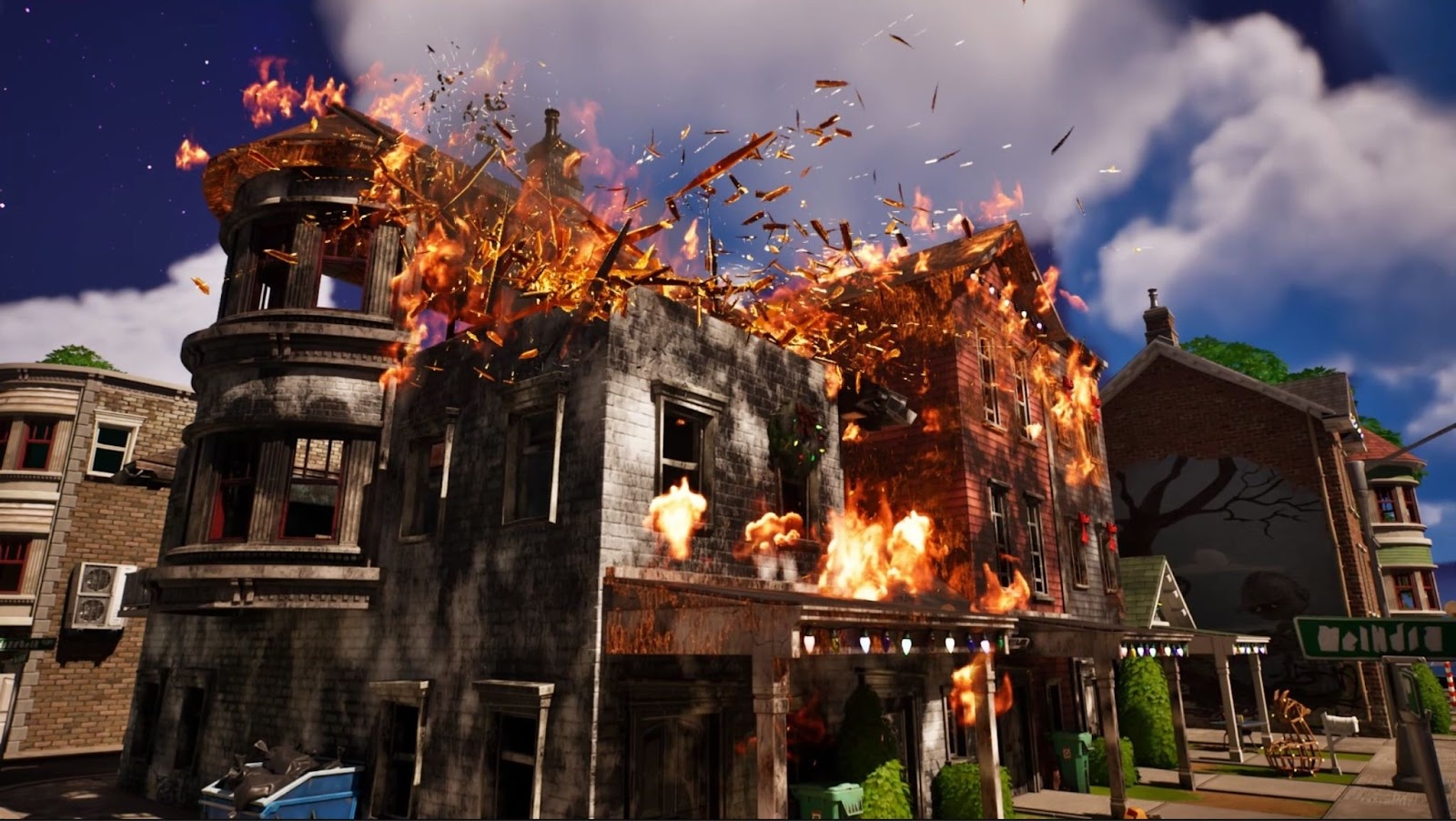
This high scalability is an opportunity: If you use the Unreal Engine 5.1 correctly, you can open your game to a huge audience and ideally sell hundreds of thousands more copies. Game fans will never again have to experience that an interesting title is not available on the device used for gaming. Cross-platform gaming will not become the exception, but the rule. A win-win situation for everyone.
A strong foundation for the future, but…
A lot of work, then, that Penwarden and his team have put into Fortnite. But the goal was not only to take the game to the next level, but also to improve Unreal Engine 5.1 for developers working with it around the world, be they individuals with ambitious visions or large AAA studios with hundreds of employees.
“All the improvements, bug fixes and optimisations we”ve made to Fortnite Chapter 4 have gone directly into Unreal Engine 5.1, so all the developers out there will benefit directly from our work”
So the potential for Unreal Engine 5.1 to become one of the most important technical milestones in gaming culture that we outlined at the beginning has now been finely unravelled: lumens, nanites, larger, more diverse game worlds and extremely extensive scalability all add up to a strong foundation for the future.
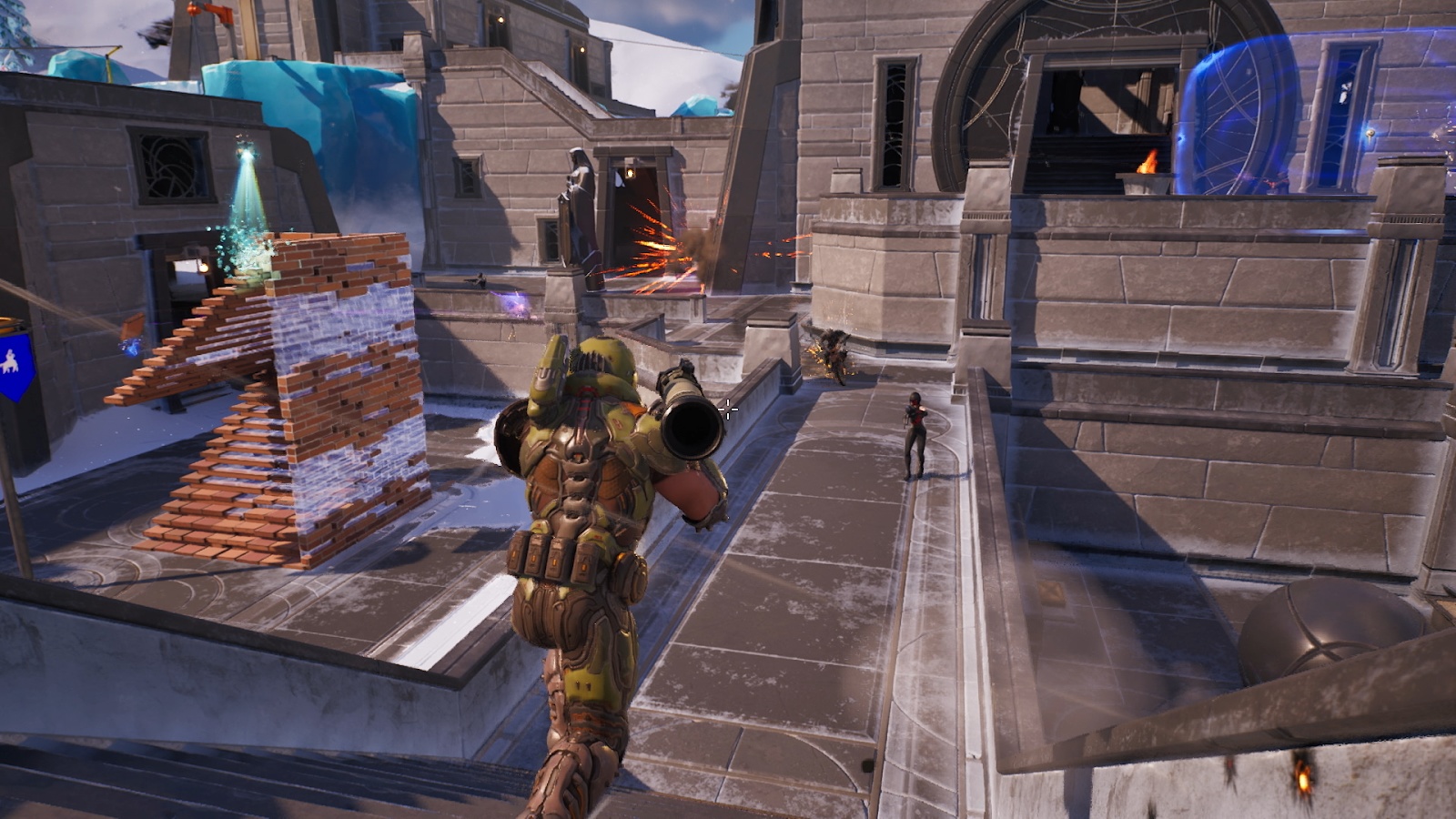
However, we do put the brakes on a bit. Despite the justified euphoria, the past has taught us often enough to always keep a healthy portion of residual scepticism. Because of course the Unreal Engine 5.1 is not automatically the saviour of the games industry. The basic ingredients for good games will not change.
What will ultimately matter in the future are capable hands that can handle the tools of the Unreal Engine 5.1. Because despite all the technological advances: in the end, game development is and remains an art form that has to be learned and trained in practice like any other.
A lot of experience with Fortnite and the Unreal Engine in general has the Berlin-based team of (Airborn Studios).
What do you think about the Unreal Engine 5.1? Can you understand our prediction or do you think it”s too daring? Which features do you think are the most important when it comes to taking our hobby to a new level? Feel free to post your thoughts on the topic in the comments!


